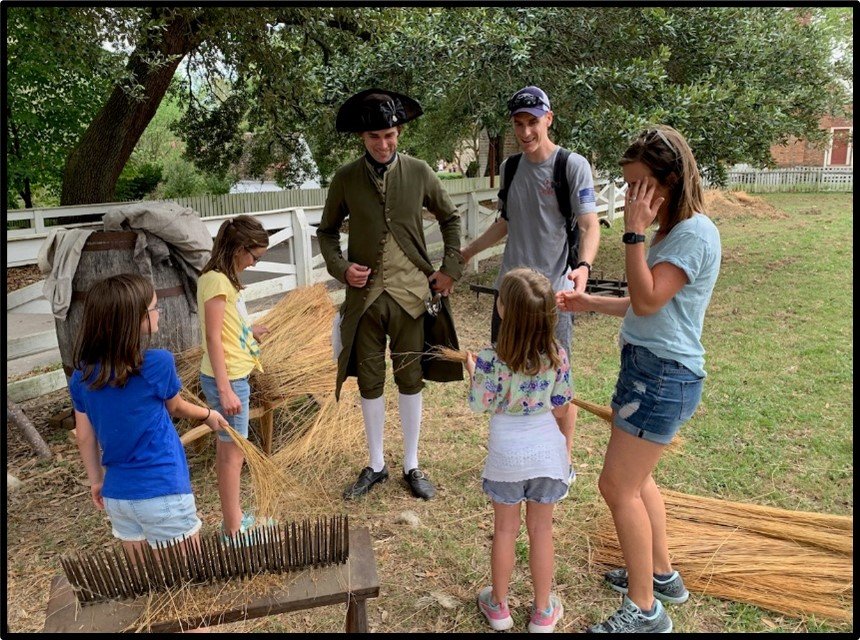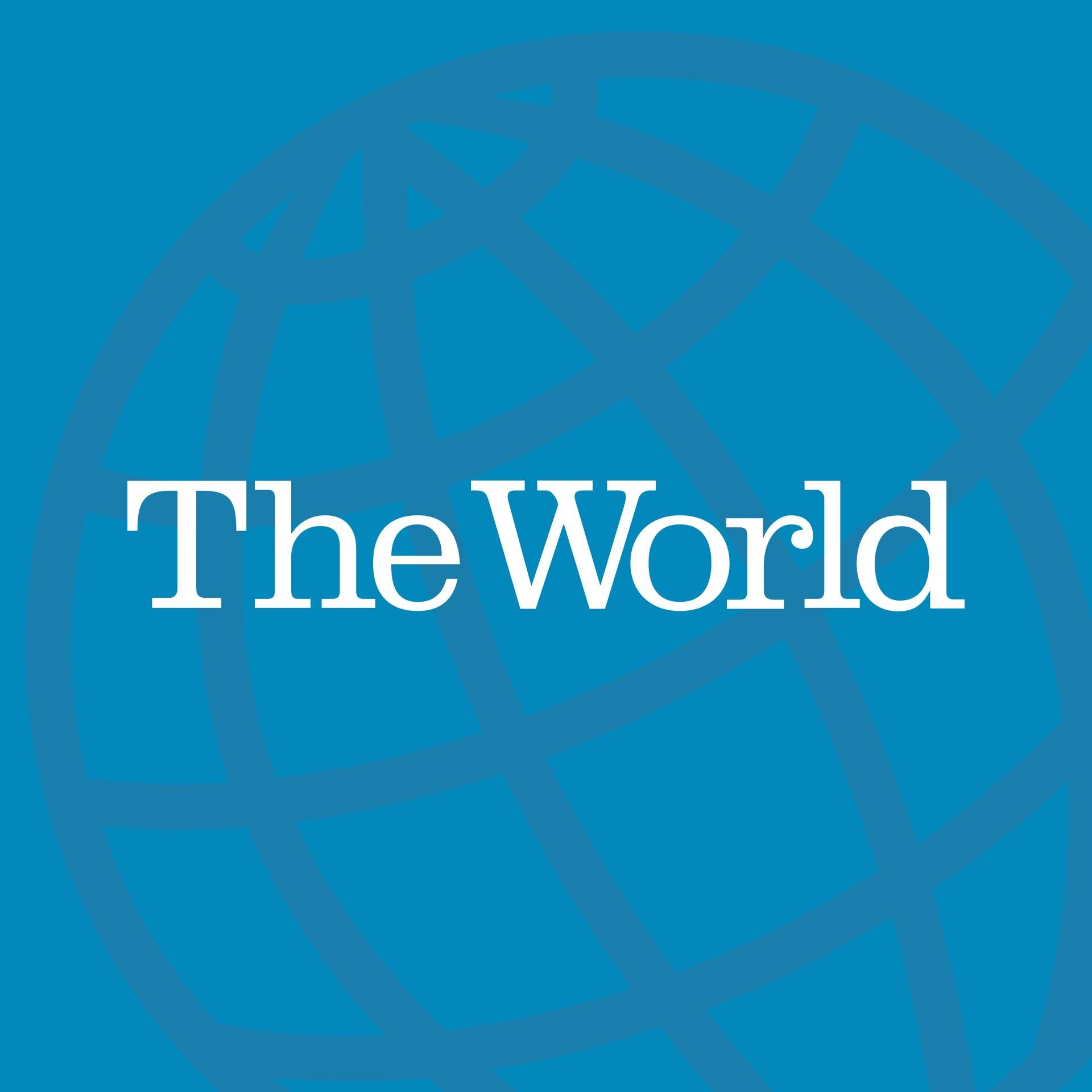
The Palouse Heritage Blog

Of Hackles and Scutching— Old World Flax for New World Linen

Living History “Open-Air Museum” Farms, Self-Discovery Accokeek, and Beyond

“Modern US Wheat Has Roots in Ukraine” - My Interview With NPR's The World

Daily Bread, Liberty, and the Orphans of Ukraine

Goodness, Grain, and Humankind— Thoughts Concerning Ukraine and Our Nation’s Founders

Amber Waves of Eden Grain

